 I got to participate in a dance rehearsal of the STC (Theresian) girls who, under the tutelage of Randy can now do a Philippine folkloric dance in Las Vegas. Seriously, I thought Randy would weep when he saw these women struggling to change step, step-brush, grapevine, etc. His eyebrows slightly lifted, I could read his mind: Why didn't I go into accounting??? After two hours and a cheat-sheet on the blackboard, the group got the dance number together. Randy himself started to look hopeful and started coaxing the group to look up, tilt their heads just so, fine-tuning in other words. This dance number is for our Sapphire celebration in late February, which I will be missing.
I got to participate in a dance rehearsal of the STC (Theresian) girls who, under the tutelage of Randy can now do a Philippine folkloric dance in Las Vegas. Seriously, I thought Randy would weep when he saw these women struggling to change step, step-brush, grapevine, etc. His eyebrows slightly lifted, I could read his mind: Why didn't I go into accounting??? After two hours and a cheat-sheet on the blackboard, the group got the dance number together. Randy himself started to look hopeful and started coaxing the group to look up, tilt their heads just so, fine-tuning in other words. This dance number is for our Sapphire celebration in late February, which I will be missing.  Araceli Lorayes, Rose Cuisia Franco and I saw the gold exhibit in the Ayala Museum. It's officially titled, "Gold of Ancestors: Pre-Colonial Treasures in the Philippines." If you're in Makati, it's worth the visit, head straight for the fourth floor and view 10-13th century gold death masks, necklaces, earrings, cups, figurines, and a most curious "chastity cover." It's not a chastity belt; it's a cover, triangular in shape with intricate design and with tiny holes on the sides allowing you to string it around your waist. I was left wondering who wore this, when, where? Did they wear these under their skirts? Was this for married women, or for courtesans? I have no idea.
Araceli Lorayes, Rose Cuisia Franco and I saw the gold exhibit in the Ayala Museum. It's officially titled, "Gold of Ancestors: Pre-Colonial Treasures in the Philippines." If you're in Makati, it's worth the visit, head straight for the fourth floor and view 10-13th century gold death masks, necklaces, earrings, cups, figurines, and a most curious "chastity cover." It's not a chastity belt; it's a cover, triangular in shape with intricate design and with tiny holes on the sides allowing you to string it around your waist. I was left wondering who wore this, when, where? Did they wear these under their skirts? Was this for married women, or for courtesans? I have no idea. 
The death masks are also quite fascinating. There are larger pieces depicting facial features - eyes, nose, mouth. There's another version where separate gold pieces covered the mouth, nose, and eyes.

The necklaces, earrings, bracelets, anklets, etc. are very heavy pieces, some weighing more than a kilo.
The interesting thing is that the entire collection - and it's a substantial and impressive one - came from a single collector, Leandro Locsin. Imagine what other gold pieces are sitting in other collectors' hordes. It is clear that ancient Filipinos had a lot of gold, and had the sophistication to make such gold pieces.
I had asked noted historian Ambeth Ocampo, who was in Cebu, if it was possible that the Spanish colonizers had destroyed a gold-rich civilization just as they did in Peru. (I have visited the Museo de Oro in Lima, Peru.) Basically he said yes, but that this still has to be researched and written about.
If you know the history of Peru, and how the Spaniards had destroyed the Inca civilization, you can imagine how such a destruction might have taken place in the Philippines.
When I took up history in Philippine schools, I had no notion that my ancestors made gold work such as this - and more importantly that my ancestors had a sophisticated civilization. The Spaniards had done such a number on Filipinos that it seemed as if Philippine civilization began in 1521, Magellan's "discovery" of the Philippines.
Historians in the Philippines have a lot of work ahead of them. And such exciting work too!





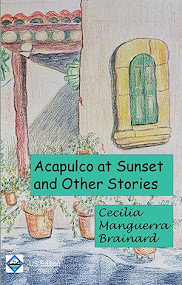



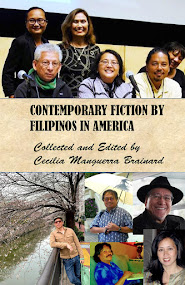
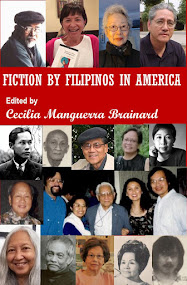



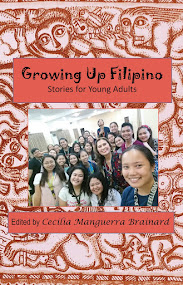
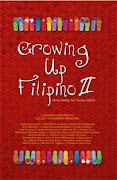


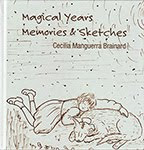


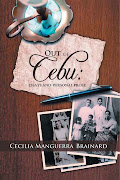



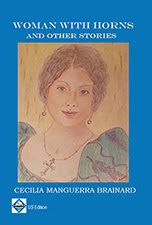

No comments:
Post a Comment